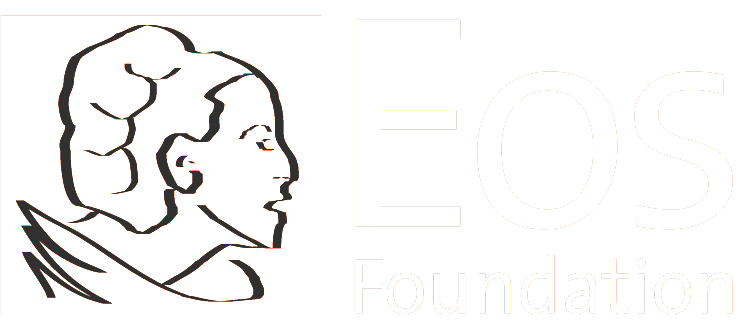Forbes
By Michael Nietzel
A new study documents the continuing gender gap in top leadership positions at America’s research universities. The report, entitled The Women’s Power Gap at Elite Universities, Scaling the Ivory Tower, is the second of two investigations released by the Eos Foundation’s Women’s Power Gap (WPG) Initiative, in partnership with the American Association of University Women (AAUW).
Among the report’s more dramatic findings:
- At 130 major public and private universities, categorized by the Carnegie Classification as R1/highest level of research activity, only 22% had a woman in the top position of president, chancellor or system head, despite the fact that women have been earning the majority of Ph.D.s in the U.S. for about a decade.
- While six of the universities have had at least three women as presidents in their history, 60 of them have had none.
- The gap is much wider for women of color. While about one in five Ph.D. earners is a woman of color, only 5% of these universities had a woman holding the top executive position.
- The problem is not – as the report point out – the lack of a pipeline stocked with a sufficient number of women prepared to become campus leaders. There are many women in significant positions at lower rungs on the administrative ladders. At these institutions, women comprise 39% of the academic deans and 38% of the provosts. It’s when you look at the top spot specifically that the gender divide becomes much larger – with only 22% of campus presidencies and 10% of university system presidencies held by women.
- The gender gap extends to the leadership of the institutions’ governing boards as well, with women occupying only 26% of the board chair positions.
- Men and women do not have an equal chance of becoming a university president through nontraditional pathways, defined as “rising from either a provost or an academic dean to the presidency.” While more than a quarter of men (26%) became presidents without first being a provost or a dean or were outsiders to the academy, only 7% of women presidents followed a similar nontraditional path.
To assess which universities had the best track record in appointing, promoting, and hiring women into positions of power, the study computed a gender index for each institution. Points were given in six categories: 1) whether the current president is a woman, 2) how many past presidents of the university have been women, 3) whether the provost is a woman, 4) the percentage of academic deans who are women, 5) the percentage of the president’s cabinet who are women, 6) the percentage of tenured full professors who are women.



